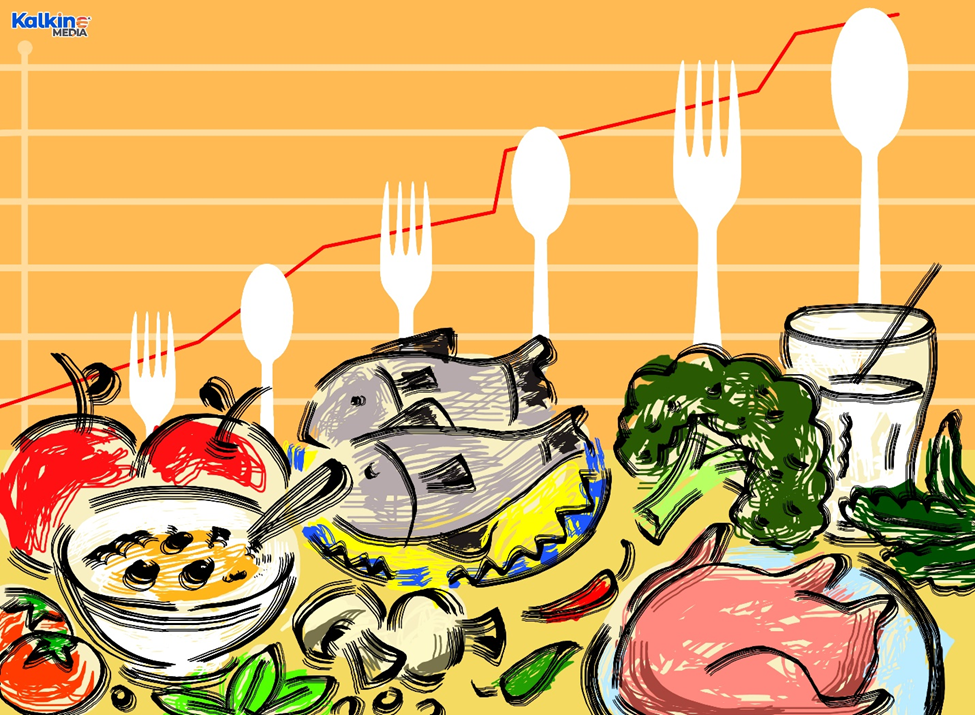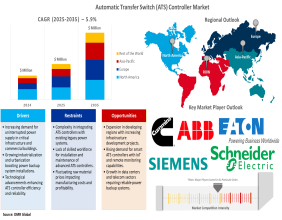Highlights
- The BRC revealed that shop prices jumped at their fastest rate since November 2011 to 1.8% in February from 1.5% in January.
- The rise in shop prices has been driven by food prices, particularly fresh food inflation.
- In February, the non-food inflation accelerated to the highest rate of inflation since 2011 to 1.3%, from 0.9% in January.
British shoppers were hit by a sudden spike in prices from major retailers in January 2022 adding to fast-rising inflation. The British Retail Consortium (BRC) revealed on Wednesday that shop prices jumped at their fastest rate since November 2011 to 1.8% in February, from 1.5% in January. The rise in shop prices has been driven by food prices, particularly fresh food inflation, rising to 3.3% in February, from 2.9% in the previous month due to poor harvests globally.
The Shop Price Index consists of 250 food and 250 non-food essential items. In February, the non-food inflation accelerated to the highest rate of inflation since 2011 to 1.3%, from 0.9% in the previous month as the prices have been driven by beauty, health, and furniture prices.

© 2022 Kalkine Media®
The Bank of England has predicted that the price rises may continue until spring, which will further affect already struggling households, which are facing falling disposable income, rise in energy and food prices. The situation has further worsened by the ongoing dispute between Russia and Ukraine as it will continue to disrupt supply chain and pushing up prices.
Let us now look at five supermarket stocks that may be affected by rising shop prices.
Tesco Plc (LON: TSCO)
The market cap of UK’s largest supermarket Tesco Plc stood at £21,672.92 million as of 2 March 2022. The company has delivered a return of 27.63% to its shareholders over the last one year as of 2 March 2022. However, its performance was down this year with its year-to-date return standing at -2.00%. Tesco plc’s shares were trading at GBX 283.70, down by 0.09%, at 8:35 AM (GMT) on 2 March 2022.

© 2022 Kalkine Media®
Also Read: Greatland Gold, AltynGold: Stocks you may look at in March
J Sainsbury Plc (LON: SBRY)
The market cap of stores and supermarket J Sainsbury Plc stood at £6,214.87 million as of 2 March 2022. The company has delivered a return of 21.74% to its shareholders over the last one year as of 32 March 2022. However, its performance was down this year with its year-to-date return standing at -2.32%. J Sainsbury plc’s shares were trading at GBX 268.90, up by 0.94%, at 8:35 AM (GMT) on 2 March 2022.
Ocado Group Plc (LON: OCDO)
The market cap of the online grocery retailer, Ocado Group Plc, stood at £10,003.79 million as of 2 March 2022. The company’s share value has depreciated by-38.94% over the last one year as of 2 March 2022. However, its performance was down this year with its year-to-date return standing at -20.50%. Ocado Group plc’s shares were trading at GBX 1,342, up by 0.83%, at 8:45 AM (GMT) on 2 March 2022.
Marks and Spencer Group Plc (LON: MKS)
The market cap of global retailer Marks and Spencer Group Plc stood at £3,328.90 million as of 2 March 2022. The company has delivered a return of 16.73% to its shareholders over the last one year as of 2 March 2022. However, its performance was down this year with its year-to-date return standing at -27.03%. Marks and Spencer Group plc’s shares were trading at GBX 168.55, down by 0.82%, at 8:45 AM (GMT) on 2 March 2022.
Also Read: Segro, 3i Group, Barclays: Value stocks to keep an eye on in March
Associated British Foods Plc (LON: ABF)
The market cap of the global food processing and retailing company, Associated British Foods Plc, stood at £14,238.26 million as of 2 March 2022. The company’s share value has depreciated by -25.02% over the last one year as of 2 March 2022, however, its performance was down this year with its year-to-date return standing at -12.25%. Associated British Foods plc’s shares were trading at GBX 1,741.50, down by 3.17%, at 8:45 AM (GMT) on 2 March 2022.
Note: The above content constitutes a very preliminary observation or view based on industry trends and is of limited scope without any in-depth fundamental valuation or technical analysis. Any interest in stocks or sectors should be thoroughly evaluated taking into consideration the associated risks.
.jpg)



